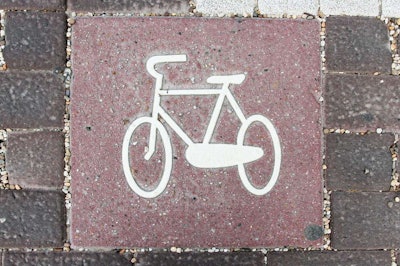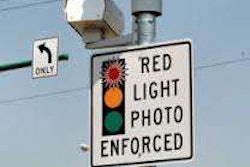
Holland was in the news again this winter with small-scale demonstration projects seeking to make roads safer and greener.
This small, Old-European nation was the birthplace in the last decade of an attempt to use road and parking lot pavement to heat buildings in the winter and cool them in the summer. Created by the Dutch engineering firm Ooms Avenhorn Holding BV, the system implanted heat-transfer pipes in the roadway to heat water in the summer. The heated water was stored in a deep reservoir, then employed as a heat source in the cold months. In the first installation in the village of Avenhorn, the warm water was used to help heat a 70-unit apartment building and cycled under the pavement to keep it from freezing in the winter. The cold water was then stored in another reservoir to be employed for cooling the building and the pavement in the summer.
Now, another Dutch town is said to be evaluating the concept of heated bike lanes. As treacherous as snow and ice are for cars, it is even more so for bicycles. In a nation of hardy cyclists, the thinking is that heated bike lanes would encourage more bikers and fewer cars in the winter months. Heated lanes would also reduce accidents and reduce the need for chemical de-icers.
Separately, news reports from Europe highlighted a new “smart” lane marking system from Holland utilizing a paint compound that contains glow-in-the-dark crystals that are recharged by sunlight.
The website Allianz.com reports that pavement heating/cooling systems have been installed elsewhere in Europe, including a project in Scotland engineered by Invisible Heating Systems that reportedly generates 108 megawatts of solar energy a year from a 400-square-meter parking lot. It is used to heat an adjacent building and workshops.
“We can extract about 270 kilowatts per square meter a year,” IHS technical director Henk Verweijmerem tells Allianz.com. While a roof-mounted solar panel would be twice as productive, he says, the cost of the tarmac panel is about one-twelfth that of a solar panel.
The cost justification for these installations is neither simple nor universal. Holland’s heated bike lanes would cost the government more money but hopefully save citizens the cost of accidents and gasoline. The heat exchanging systems for pavement need to be installed when the road section or parking lot is being built or rebuilt — it would be cost-prohibitive otherwise. The site must have space for deep excavation and proximity to the buildings that will employ the energy.
 Kirk Landers,
Kirk Landers,Editor Emeritus,
[email protected]
The list of qualifiers and limitations is undoubtedly a long one, but you have to think each installation will advance the knowledge and potential of harnessing the potential of our hundreds of thousands of miles of paved roads.
And that is why it would be good to see the United States get involved in this small-stakes exploration of pavement potential. Here’s an opportunity to invest small amounts of money in a few demonstration projects that actually demonstrate something new and experimental … and something that just might open new horizons for road design and America’s energy needs in the future.













